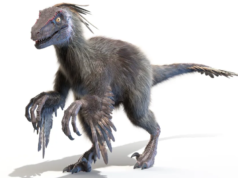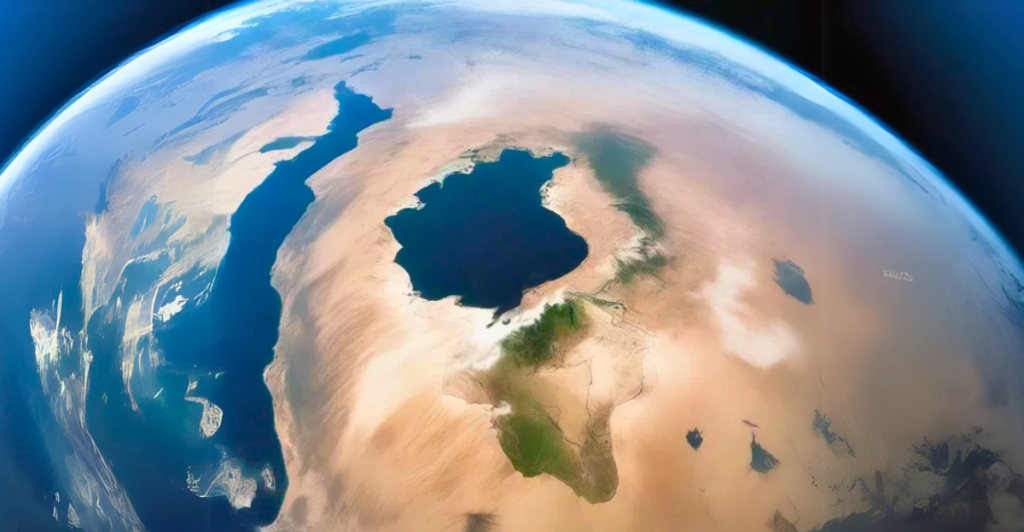
A dramatic transformation is underway in Africa’s Afar desert, where a massive rift is forming that scientists believe will become the world’s newest ocean. This natural phenomenon, driven by shifting tectonic plates and volcanic activity, offers an unprecedented opportunity to study the birth of an ocean in real time. Though the process will take millions of years to complete, its rapid initial developments have captured the attention of geologists worldwide.
The Rift That Could Reshape Africa

A 40-mile (64-kilometer) rift in Ethiopia’s Afar desert is growing, splitting apart two tectonic plates: the African and Arabian plates. The crack, which in some areas spans more than 20 feet (6 meters) wide, represents the early stages of what will eventually become a vast ocean.
The Volcanic Catalyst: Dabbahu Eruption
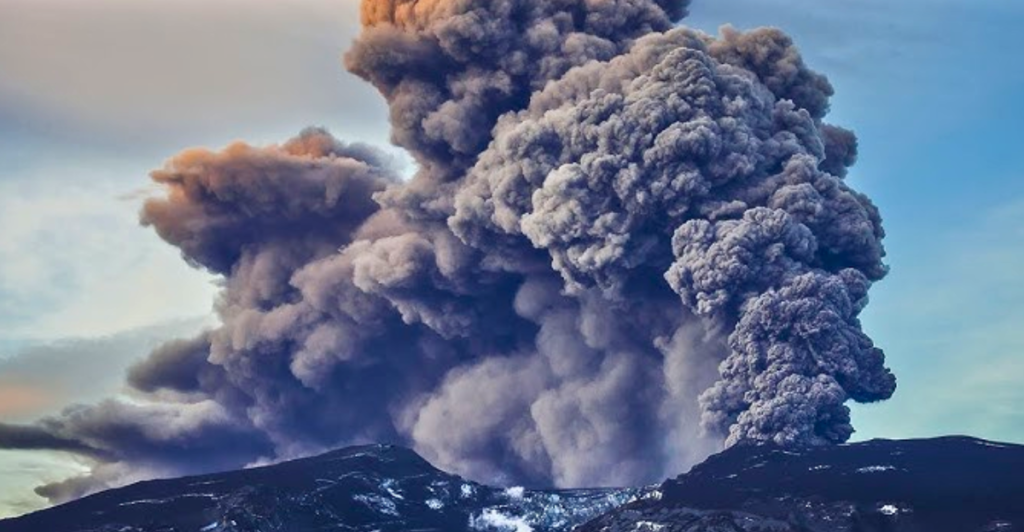
The rift’s rapid expansion began in 2005 with the eruption of Dabbahu, a volcano at its northern end. This eruption was a major catalyst, triggering a sequence of earthquakes and causing magma to surge to the surface. In just 10 days, the first 35 miles (56 kilometers) of the rift opened, dramatically altering the landscape.
Magma’s Role in Rift Formation
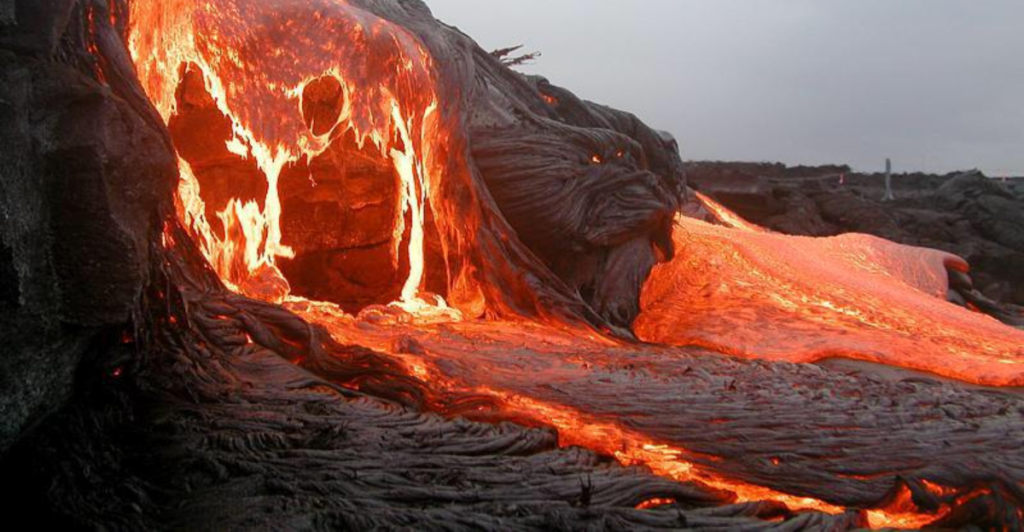
Magma, the molten rock from Earth’s core, has been instrumental in shaping the rift. After the initial eruption, magma continued to rise, splitting the rift further in both directions. This process mirrors the tectonic activity typically seen on the ocean floor, but here it occurs on land, making it more accessible for study.
A Unique Research Opportunity
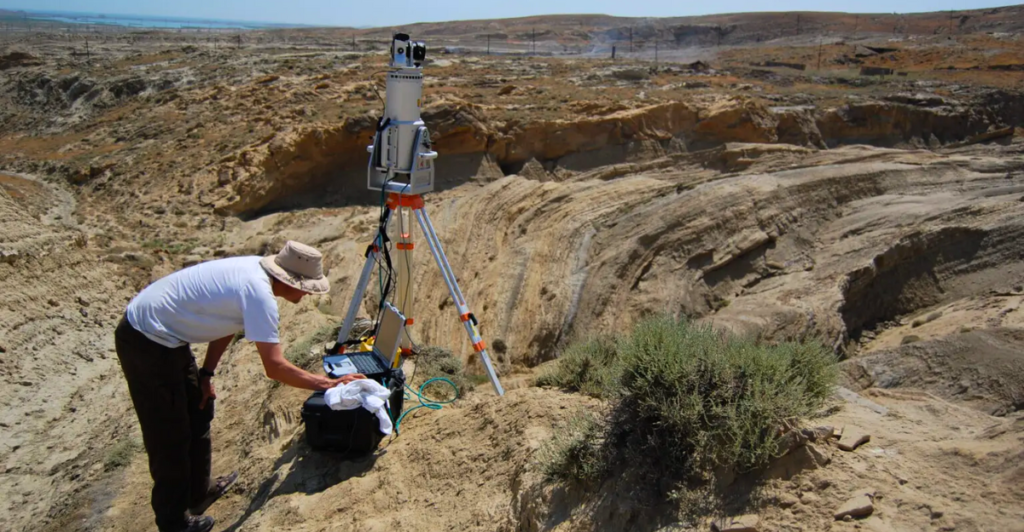
“This is the only place on Earth where you can study how a continental rift becomes an oceanic rift,” said Christopher Moore, a research fellow at the University of Leeds. The phenomenon offers scientists a rare chance to observe geological processes that usually occur deep beneath the ocean’s surface.
Slower Growth, Significant Change
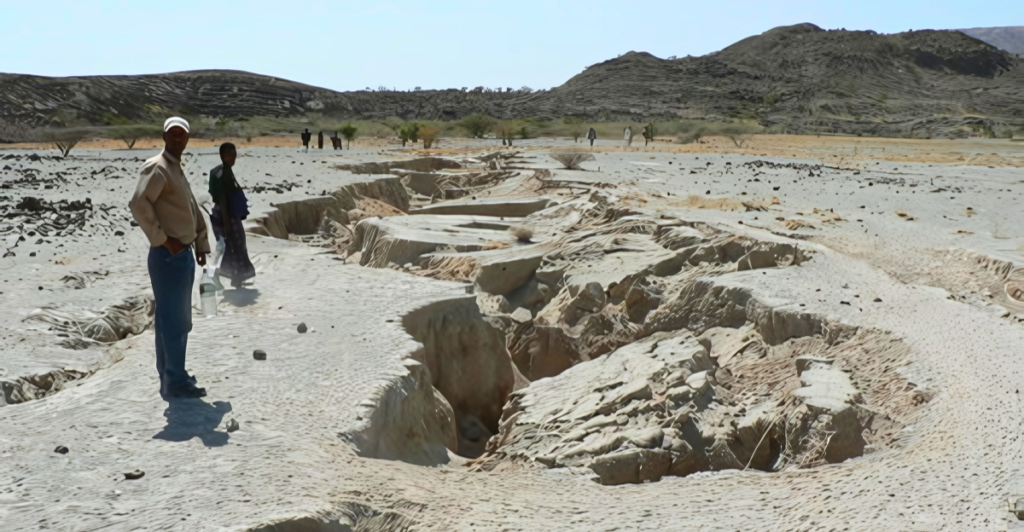
Although the rift’s initial growth was dramatic, its expansion has since slowed. However, magma flow, volcanic activity, and earthquakes continue to widen the fissure, adding several miles to its length over time.
Tectonic Plates in Motion
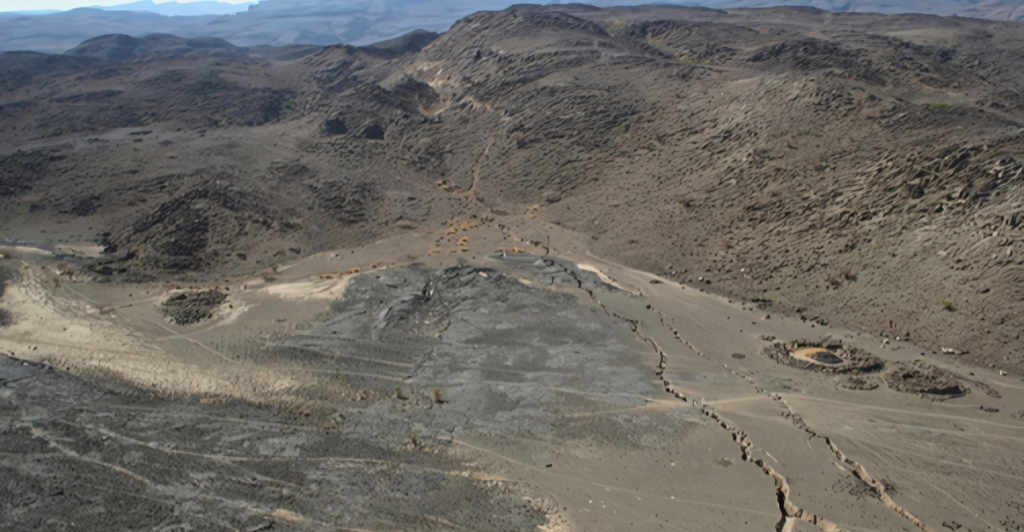
The African and Arabian plates, which have been pulling apart at a rate of less than 1 inch (2.5 centimeters) per year, are now part of a faster-moving rift. Over the past 30 million years, these plates have created a 186-mile (299-kilometer) depression, but the changes since 2005 mark a significant acceleration in their separation.
The Birth of a New Ocean
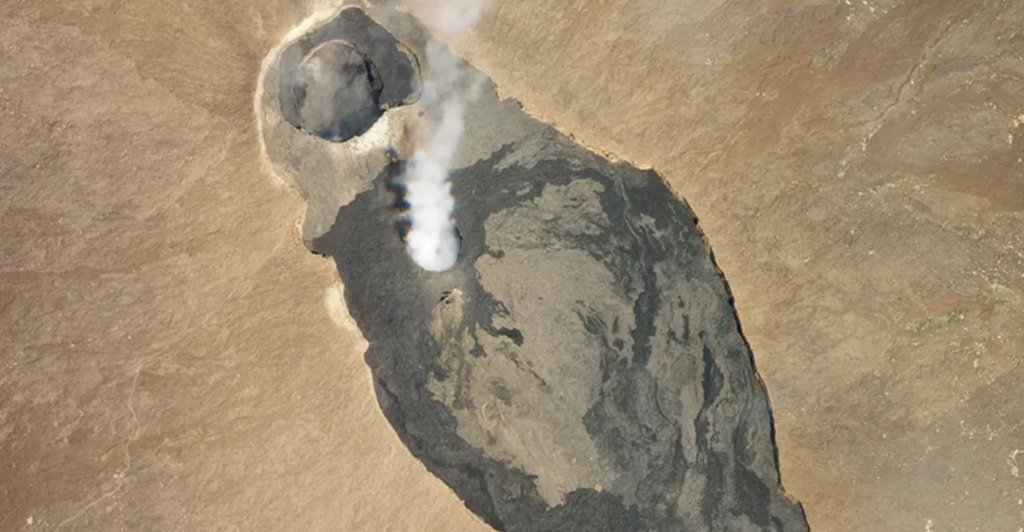
Eventually, the Afar Rift will connect to the Red Sea in the north and the Arabian Sea in the south. This connection will lead to the flooding of the Afar region and the East African Rift Valley, giving rise to a new ocean and reshaping the African continent.
The Horn of Africa Breaks Away

As the new ocean forms, the Horn of Africa will detach from the mainland, becoming a separate landmass. This transformation will not only alter geography but also impact several landlocked countries in the region, providing them with coastal access.
The Gulf of Aden’s Role

Ken Macdonald, a marine geophysicist, explained that the Gulf of Aden and the Red Sea will play a critical role in this transformation. These bodies of water will flood into the rift, accelerating the formation of the new ocean.
A Process Millions of Years in the Making
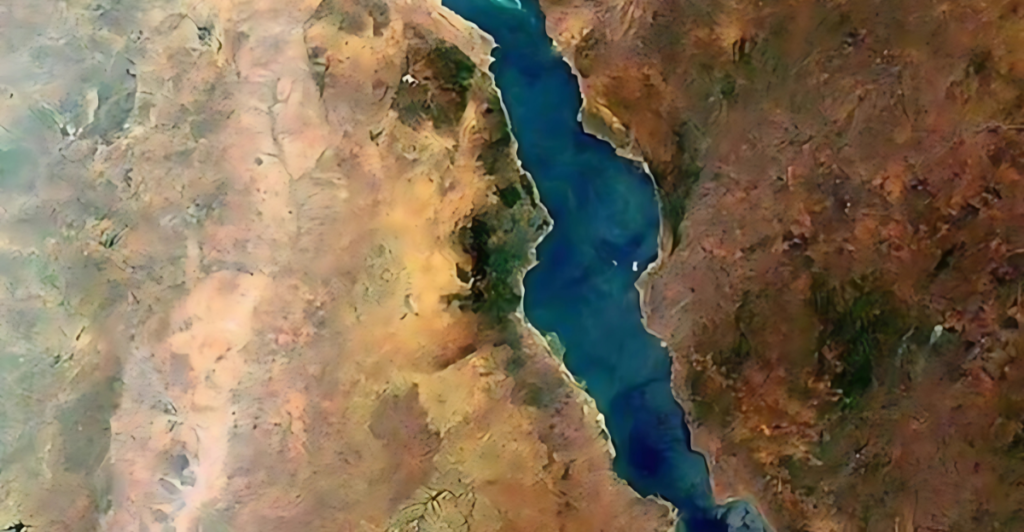
Despite the dramatic events of 2005, the formation of this ocean is a slow process. Growing at the pace of a fingernail, the rift will take approximately 10 million years to fully develop into a new ocean.
Witnessing History in the Making
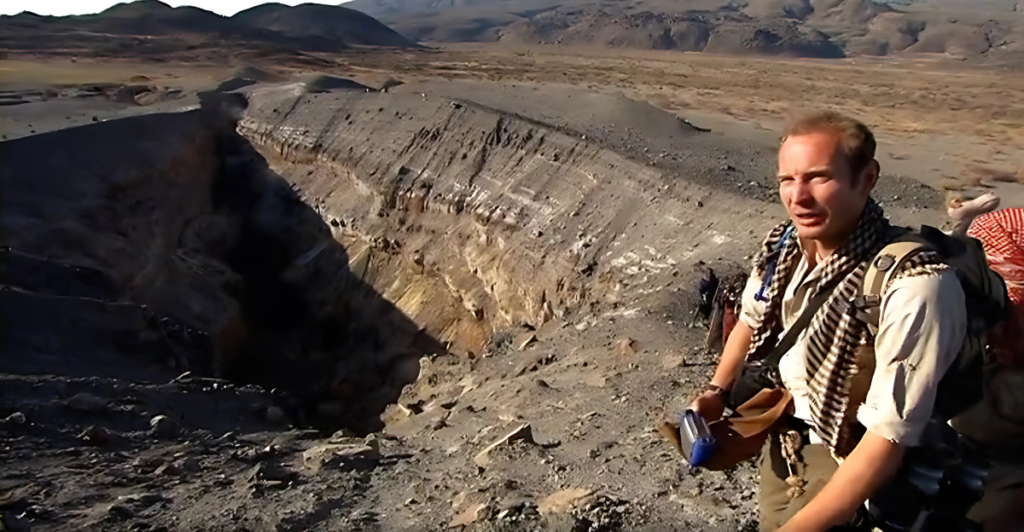
The Afar Rift offers a once-in-a-lifetime opportunity for scientists to witness and study geological processes that are typically hidden beneath the ocean. This unique event continues to draw researchers eager to unlock the secrets of Earth’s tectonic movements.
A Changing Continent
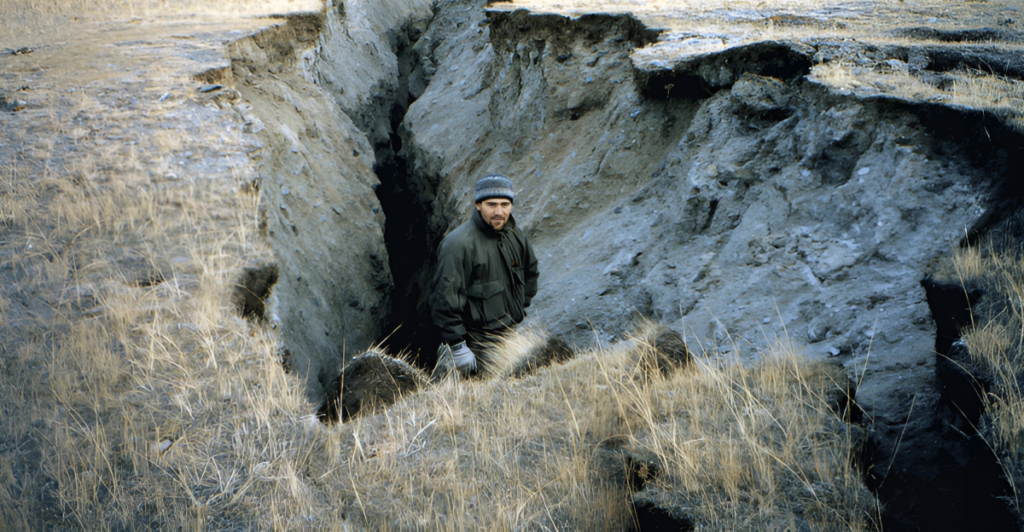
The ongoing formation of the Afar Rift signals a monumental shift in Africa’s landscape. While humans won’t witness its completion, the prospect of a new ocean and a reshaped continent highlights the dynamic and ever-changing nature of our planet.
Discover more of our trending stories and follow us to keep them appearing in your feed

Colossal American Impact Crater Found—Three Times Bigger Than the Grand Canyon
Deepest Hole On Earth Permanently Sealed After 2 Billion Year Old Discovery
Inside the Indian Ocean’s Gravity Hole—A Mysterious Weak Spot in Earth’s Pull
Scientists Uncover Secret Life Beneath Earth’s Harshest Desert
References:
Scientists discovered a new ocean forming as Africa started to split
Are We Seeing a New Ocean Starting to Form in Africa?
Stay connected with us for more stories like this! Follow us to get the latest updates or hit the Follow button at the top of this article, and let us know what you think by leaving your feedback below. We’d love to hear from you!




